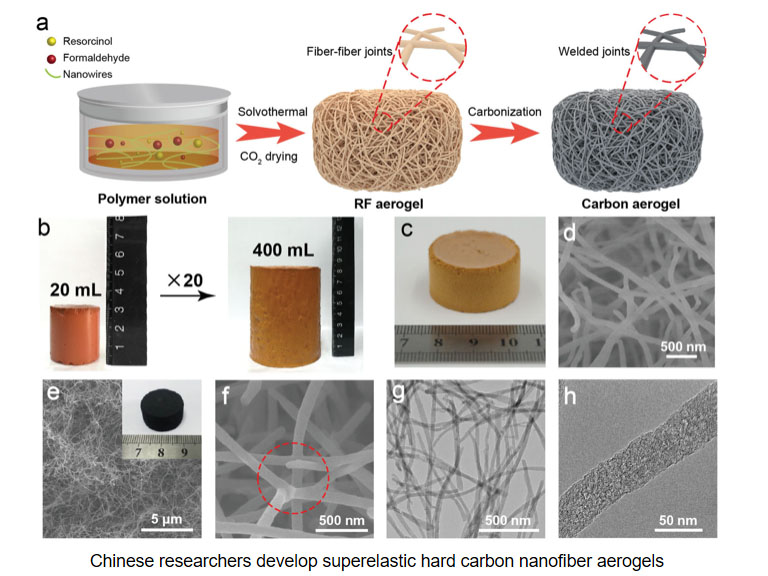
-
 Afrikaans
Afrikaans -
 Albanian
Albanian -
 Amharic
Amharic -
 Arabic
Arabic -
 Armenian
Armenian -
 Azerbaijani
Azerbaijani -
 Basque
Basque -
 Belarusian
Belarusian -
 Bengali
Bengali -
 Bosnian
Bosnian -
 Bulgarian
Bulgarian -
 Catalan
Catalan -
 Cebuano
Cebuano -
 China
China -
 China (Taiwan)
China (Taiwan) -
 Corsican
Corsican -
 Croatian
Croatian -
 Czech
Czech -
 Danish
Danish -
 Dutch
Dutch -
 English
English -
 Esperanto
Esperanto -
 Estonian
Estonian -
 Finnish
Finnish -
 French
French -
 Frisian
Frisian -
 Galician
Galician -
 Georgian
Georgian -
 German
German -
 Greek
Greek -
 Gujarati
Gujarati -
 Haitian Creole
Haitian Creole -
 hausa
hausa -
 hawaiian
hawaiian -
 Hebrew
Hebrew -
 Hindi
Hindi -
 Miao
Miao -
 Hungarian
Hungarian -
 Icelandic
Icelandic -
 igbo
igbo -
 Indonesian
Indonesian -
 irish
irish -
 Italian
Italian -
 Japanese
Japanese -
 Javanese
Javanese -
 Kannada
Kannada -
 kazakh
kazakh -
 Khmer
Khmer -
 Rwandese
Rwandese -
 Korean
Korean -
 Kurdish
Kurdish -
 Kyrgyz
Kyrgyz -
 Lao
Lao -
 Latin
Latin -
 Latvian
Latvian -
 Lithuanian
Lithuanian -
 Luxembourgish
Luxembourgish -
 Macedonian
Macedonian -
 Malgashi
Malgashi -
 Malay
Malay -
 Malayalam
Malayalam -
 Maltese
Maltese -
 Maori
Maori -
 Marathi
Marathi -
 Mongolian
Mongolian -
 Myanmar
Myanmar -
 Nepali
Nepali -
 Norwegian
Norwegian -
 Norwegian
Norwegian -
 Occitan
Occitan -
 Pashto
Pashto -
 Persian
Persian -
 Polish
Polish -
 Portuguese
Portuguese -
 Punjabi
Punjabi -
 Romanian
Romanian -
 Russian
Russian -
 Samoan
Samoan -
 Scottish Gaelic
Scottish Gaelic -
 Serbian
Serbian -
 Sesotho
Sesotho -
 Shona
Shona -
 Sindhi
Sindhi -
 Sinhala
Sinhala -
 Slovak
Slovak -
 Slovenian
Slovenian -
 Somali
Somali -
 Spanish
Spanish -
 Sundanese
Sundanese -
 Swahili
Swahili -
 Swedish
Swedish -
 Tagalog
Tagalog -
 Tajik
Tajik -
 Tamil
Tamil -
 Tatar
Tatar -
 Telugu
Telugu -
 Thai
Thai -
 Turkish
Turkish -
 Turkmen
Turkmen -
 Ukrainian
Ukrainian -
 Urdu
Urdu -
 Uighur
Uighur -
 Uzbek
Uzbek -
 Vietnamese
Vietnamese -
 Welsh
Welsh -
 Bantu
Bantu -
 Yiddish
Yiddish -
 Yoruba
Yoruba -
 Zulu
Zulu
fiberglass pipe
Fiberglass Pipes A Modern Solution for Various Applications
In recent years, the use of fiberglass pipes has gained significant traction across various industries, owing to their unique properties and benefits. Fiberglass, or fiberglass-reinforced plastic (FRP), is a composite material made from a polymer matrix reinforced with glass fibers. This combination results in a lightweight yet incredibly strong and durable product that has revolutionized the way piping systems are designed and implemented.
One of the primary advantages of fiberglass pipes is their resistance to corrosion. Traditional materials such as steel or even concrete can degrade over time when exposed to harsh chemicals or environmental conditions. In contrast, fiberglass pipes resist the damaging effects of chemical exposure, making them ideal for industries like chemical processing, wastewater management, and oil and gas transportation. This resistance not only prolongs the lifespan of the pipes but also minimizes maintenance costs and downtime for repairs.
In addition to their corrosion resistance, fiberglass pipes offer excellent hydraulic properties. The smooth interior surface of FRP reduces friction loss, allowing for efficient fluid flow. This property is particularly beneficial in applications involving water distribution and sewage systems, where maintaining optimal flow rates is crucial. Reduced friction leads to lower energy costs, making fiberglass a cost-effective choice in the long run.
fiberglass pipe

The lightweight nature of fiberglass pipes is another compelling reason for their increasing popularity. Unlike traditional piping materials, which can be heavy and cumbersome, fiberglass is significantly lighter, making transportation and installation easier and more efficient. This lighter weight reduces the need for extensive support structures, leading to lower material costs and expedited installation times. As a result, projects can be completed more quickly, which is crucial in industries where time is money.
Moreover, fiberglass pipes are versatile and can be manufactured in various sizes and shapes to meet specific project requirements. This flexibility allows engineers and designers to create customized solutions tailored to the unique challenges of their applications, whether that be in construction, telecommunications, or agriculture. The adaptability of fiberglass pipes further enhances their functionality across different sectors.
Additionally, the environmental impact of fiberglass pipes is worth noting. Many manufacturers are moving towards sustainable practices, incorporating recycled materials into their production processes. As such, fiberglass pipes can contribute to greener construction methods and initiatives. Their longevity and reduced need for replacements mean fewer materials end up in landfills, aligning with increasing environmental awareness and regulatory standards.
In conclusion, fiberglass pipes represent a significant advancement in piping technology, offering a multitude of benefits such as corrosion resistance, lightweight design, cost-effectiveness, and environmental sustainability. As industries continue to seek innovative materials to meet evolving demands, the application of fiberglass pipes is likely to expand further. From chemical plants to municipal wastewater systems, fiberglass piping solutions are set to play a critical role in shaping the infrastructure of the future. The combination of strength, efficiency, and sustainability makes fiberglass pipes an essential consideration for any modern piping project.
Latest news
-
Exploring the Benefits of Top Hammer Drifter Rods for Enhanced Drilling PerformanceNewsJun.10,2025
-
High-Precision Fiberglass Winding Machine for GRP/FRP Pipe Production – Reliable & Efficient SolutionsNewsJun.10,2025
-
FRP Pipes & Fittings for Shipbuilding - Corrosion-Resistant & LightweightNewsJun.09,2025
-
Premium FRP Flooring Solutions Durable & Slip-ResistantNewsJun.09,2025
-
Premium Fiberglass Rectangular Tanks Durable & Lightweight SolutionNewsJun.09,2025
-
Tapered Drill String Design Guide Durable Performance & UsesNewsJun.09,2025









